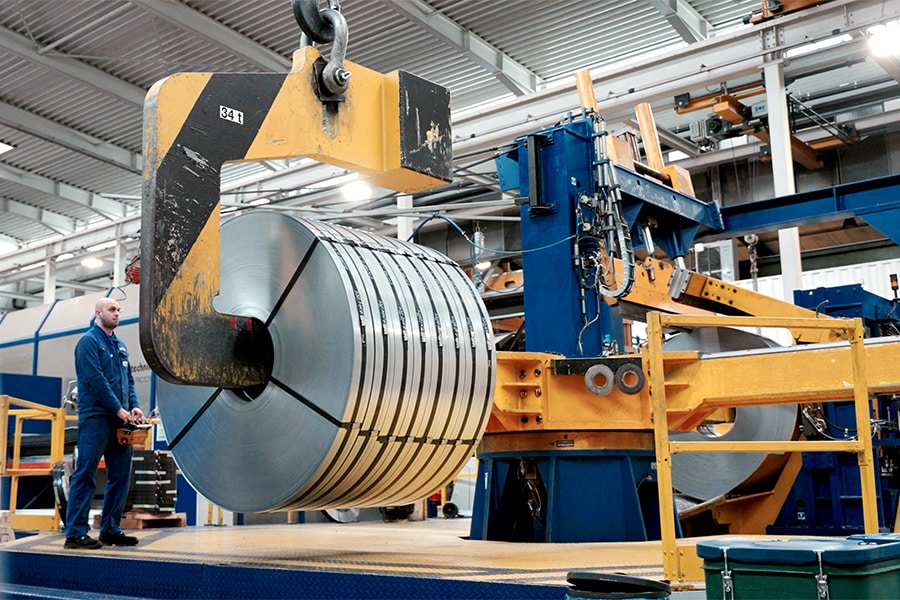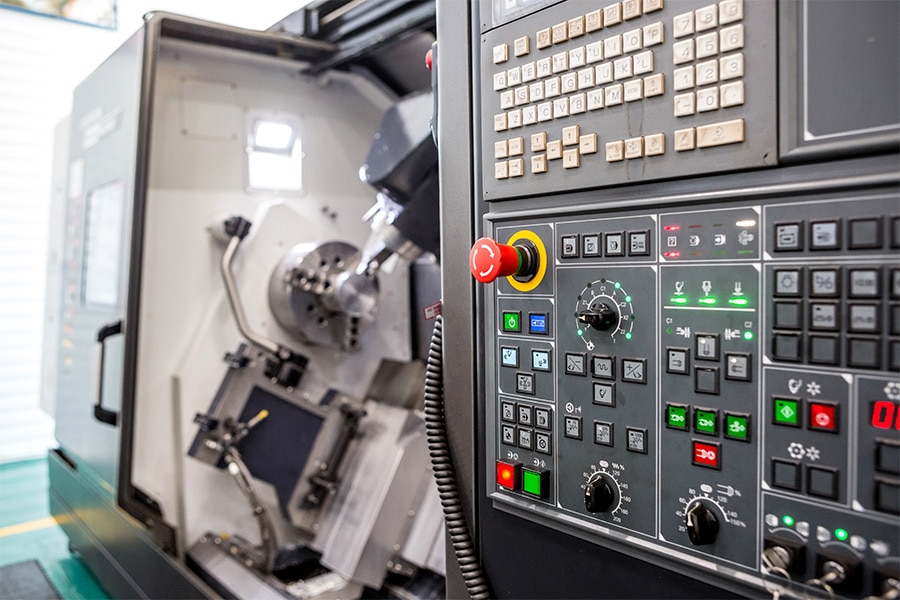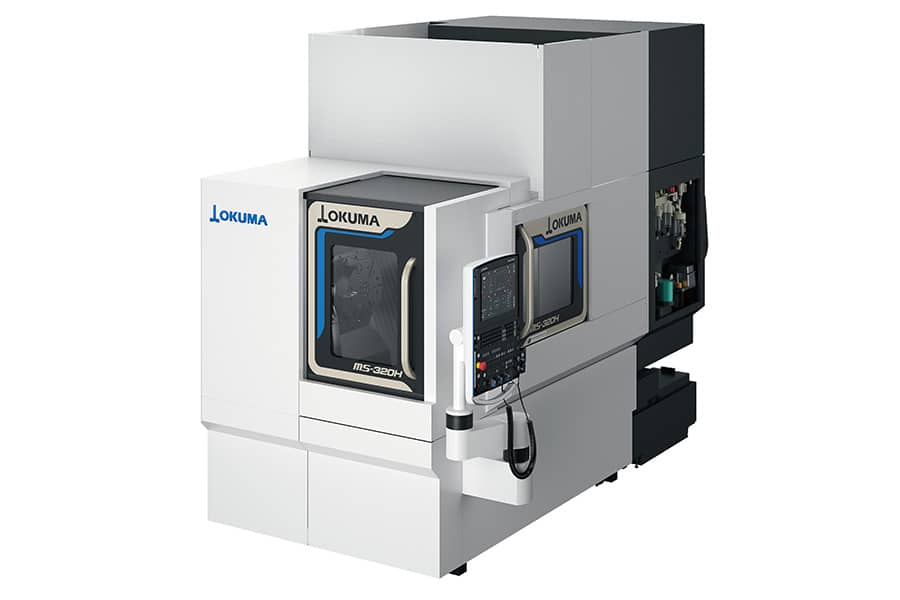
What type of coolant should I use?
While there are few metal fabricators who do not use coolants, not many consider them a primary component in their machining processes. However, the type of coolant and how you use it are critical in the efficiency of your machines.
Coolant and lubricant are often used interchangeably. But not all coolants are lubricants - think of compressed air. In CNC machines, they play a vital role. By bringing the temperature down, taking chips with it and reducing friction, they help reduce tool life and ensure better surface quality on machined parts. Provided, at least, that the coolant chosen is matched to your machine and application.
Well begun is half won, but coolants also require attention during use. After all, proper concentration ensures that your coolants, cutting tools and CNC machine will last longer.

Corrosion
The most commonly used coolant is water. But for CNC machines, it may not be the most obvious choice. It often lacks the additives that just help prevent corrosion. Therefore, a choice is usually made between soluble oils, synthetic coolants, semi-synthetic coolants and oil.
The most economical and the most widely used in machining processes are soluble oils. Basically, they involve the addition of mineral oils to water in specific percentages. To keep them in solution, emulsifiers are added, as are a number of additional components designed to prevent corrosion and bacterial formation. Mainly suitable for lighter machining work.
Synthetic fluids are also based on water, but now organic and inorganic chemical components are added instead of mineral oil. Think lubricant or rust inhibitors, elements so to add additional properties. These are the most durable and stable coolants. The higher cost can therefore be offset by the lower concentration required when refilling.
The semi-synthetic variant, on the other hand, still contains mineral oil, which together with additives and chemical components makes up to 50% of the mix. Compared to soluble oils, they are purer, with better properties in terms of lubrication, heat reduction, corrosion resistance and service life. The pure oils are rarely seen in metal processing because they are expensive and decompose quickly and, despite having the best lubrication capabilities, have the least cooling properties.
Finding the right concentration
Machine manufacturers will tell you what type of coolant belongs in their machines and in what concentration. Also keep in mind the recommendations they make regarding proportions, and use demineralized water to mix the coolant in. This is especially important for non-corrosive metals such as aluminum and steel. Too little coolant can have ill effects: bacterial growth, faster tool wear and corrosion on the machine and workpiece. But too much is not good either. Then there can be
foaming occurs, lack of lubrication, loss of coolant, staining on the machine and pieces, irritation to the skin... Operators should therefore check coolant every day to always have an acceptable concentration. Evaporation, splashing or even fogging can reduce the concentration by as much as 20% in a day.
Conclusion
Too many machining companies and operators are too casual with their coolants. They play an integral role in the machining process, extending tool life and improving surface finish. Knowing the right types of coolant and their correct application will help you find the coolant that adds the most value in your processes. For longer life of your coolant, your cutting tools and your machine. So give your machines the coolants they deserve.



